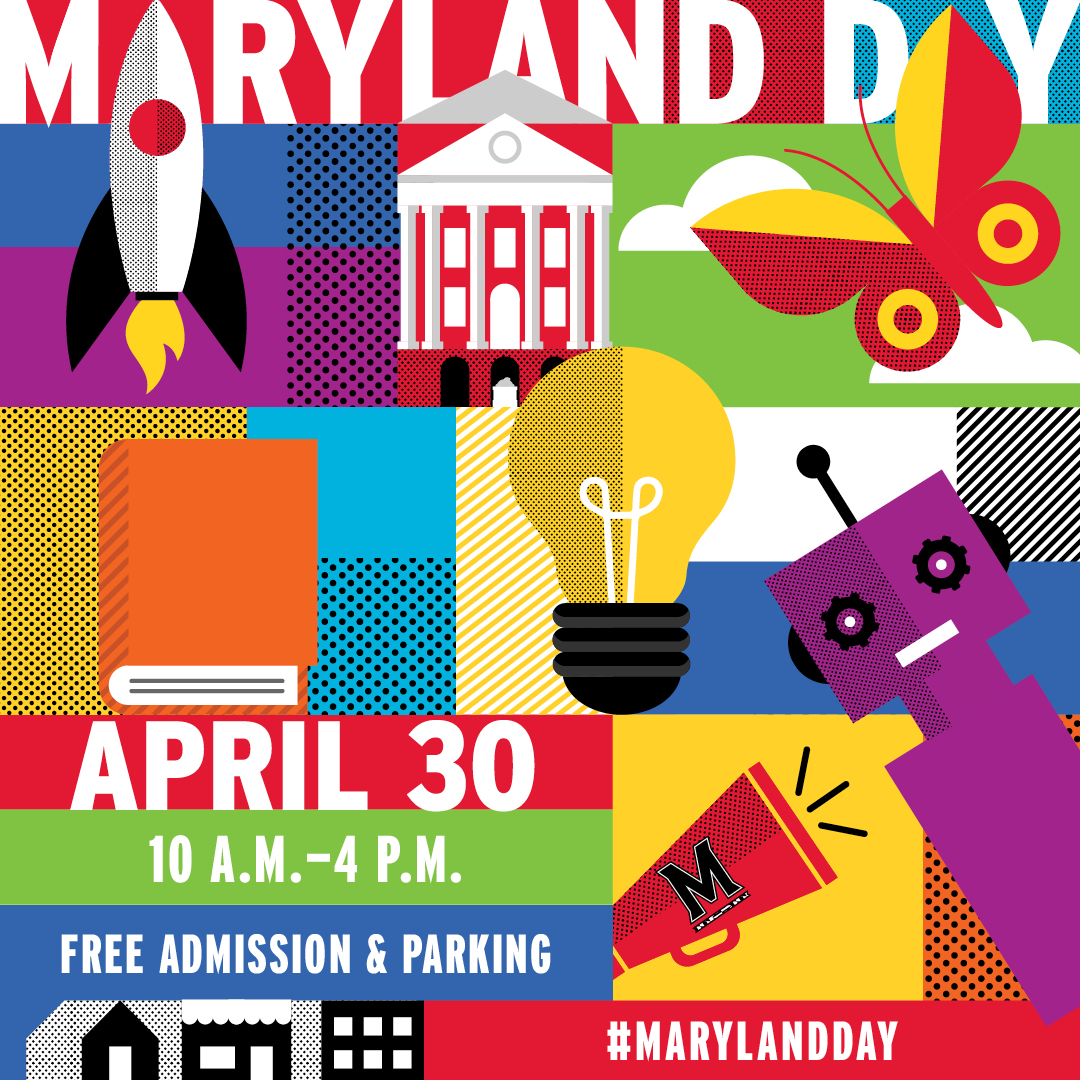
California's grants programs provide excellent financial support to thousands of students. These programs offer both need-based or merit-based financial aid. A few grants can also be offered by community organizations. These grants can also be used for private school tuition.
Although grants are not the only way of financing college, they can help you reduce your tuition bills. California's average student gets a grant amounting to $2,000 each year. Grants can also help reduce the burden of school expenses, such as on-campus housing fees and student services fees. This type of aid is especially helpful for students who come from low-income households.
A California student can find out whether a school is eligible for a Cal Grant by using the CSAC's online eligibility tool. Grants are available to help pay for public schools and private schools. Each program has its own cutoff for income and age. Student must also meet financial need and grade point requirements.

Students who have a GED may also apply for a Cal Grant. GED scores may be substituted for GPA by students who have completed the GED program within one year. For most grant programs, you will need to complete the FAFSA. Every year, the Free Application for Federal Student Aid(FAFSA), must be submitted no later than March 2.
Cal Grants may be available to students of low-income families who meet certain requirements. Students can receive up $12,000 per academic calendar, depending on the program. Cal Grant B applicants may also be eligible to receive tuition assistance at community colleges. This award is for students with a 2.0 Grade Point Average. The award provides funding to help pay for vocational training and other non-tuition costs.
The CSAC has worked to eliminate barriers to eligibility. They are currently focused on addressing the total cost of attendance. The commission is also developing a new eligibility criteria tool. Local businesses may offer special scholarships to applicants.
Cal Grants were a key part of California’s educational system. They were initially designed to aid students in selecting private schools while reducing pressure on public school systems. Many advocates are concerned that the programs have become too complex. A new bill was introduced to determine student eligibility based on family contributions. Although this is not yet a law it is a first step.

The California Student Aid Commission (CSAC) has also warned that the Cal Grant program may not be fully funded. The CSAC also mentioned that a new Cal Grant program may be available that offers financial aid for foster youth attending public institutions. This program will be available in the 2021-22 year.
FAQ
Who can homeschool?
Anyone can homeschool. There are no required qualifications.
High school graduates can still teach their children. Many parents opt to teach their older children at college.
Parents with less formal education can learn how to teach their children.
After meeting certain requirements parents can become teacher certified. These requirements are different for each state.
Some states require all homeschooled students to complete a test before graduation. Others do not.
Homeschooling parents need to register their family with local schools.
This involves filling out paperwork, and submitting it back to the school board.
After registration, parents can enroll their children at public or private schools.
Some states allow parents to homeschool, but they must register their children with the government.
If you live within one of these states, it is your responsibility to ensure that your children fulfill the state's mandatory attendance law.
How much time should I devote to college preparation?
The time it takes to prepare to go to college will depend on how much time you are willing to dedicate to your studies. You should begin college preparation courses if you intend to go to college right away after high school. If you are planning to leave school for a while before you can attend college, it is probably not necessary to start planning.
It is important to discuss your plans and ideas with your parents, teachers, and other family members. They might recommend certain courses. Keep track of all the courses you have taken and the grades you earned. This way, you'll know exactly what you need to accomplish next year.
How can I get scholarships?
Scholarships are grants awarded to help pay for college expenses. There are many types of scholarships available. There are many types of scholarships available.
-
Federal Grants
-
State Grants
-
Student Loans
-
Work Study Programs
-
Financial Aid
Federal grants come directly from the U.S. government. Most federal grants require applicants fulfill certain requirements. For example, you must demonstrate financial need.
Individual states offer state grants. Some states offer state grants based only on financial need. Other states award money for specific reasons.
Banks and other lending institutions can issue student loans. Students often borrow money to pay for tuition and living expenses.
Employers are encouraged to employ qualified students through work-study programs. Employers must pay their employees at least the minimum wage.
Financial aid covers the majority or all of the tuition costs for low-income families.
Are there any special skills needed for my chosen field?
A good level of written communication is essential if you want to be a lawyer. A nurse must have the ability to communicate well. A strong understanding of math is necessary to become an accountant. These are only a few examples. You are probably already passionate about many things. What type of job can you do to keep doing what you love? If you want to be an engineer, you'll need to learn how to design structures and machines. To be successful in this area, you'll also need to understand basic math. A basic understanding of numbers and statistics is necessary to succeed in business. To be a successful teacher, you will need excellent communication skills. You will need to have the ability to help others learn and to teach them.
Statistics
- Data from the Department of Education reveal that, among 2008 college graduates, 92.8 percent of humanities majors have voted at least once since finishing school. (bostonreview.net)
- Globally, in 2008, around 89% of children aged six to twelve were enrolled in primary education, and this proportion was rising. (en.wikipedia.org)
- In most developed countries, a high proportion of the population (up to 50%) now enters higher education at some time in their lives. (en.wikipedia.org)
- And, within ten years of graduation, 44.1 percent of 1993 humanities graduates had written to public officials, compared to 30.1 percent of STEM majors. (bostonreview.net)
- Among STEM majors, that number is 83.5 percent. (bostonreview.net)
External Links
How To
what is vocational education?
Vocational Education prepares students for work by giving them skills that are required for a specific job, such as welding. Vocational Education also offers apprenticeship programs that provide on-the-job training. Vocational education differs from general education because it focuses on preparing individuals for specific careers rather than learning broad knowledge for future use. The goal of vocational education is not necessary to prepare people for university study but to help them find jobs upon graduation.
Vocational education could be offered at all levels, including primary schools, secondary school, colleges and universities, technical schools, trade schools as well community colleges, junior college, and four-year schools. Many specialized schools are available, including nursing and culinary schools, law schools medical and dental schools, veterinary medicine school, veterinary medicine schools, firefighting training schools, police academies, military academy, and other military schools. Many of these offer both academic instruction, and practical experience.
Over recent decades, there have been significant investments made in vocational education by many countries, including Australia, Denmark (Finland), Germany, Ireland and Japan. It is still controversial whether vocational education is effective. Some argue it doesn't improve students' employability, while others argue it prepares them for the future.
The U.S. Bureau of Labor Statistics estimates that 47% of American adults possess a postsecondary certificate, or degree related to current occupation. This percentage is higher among those with higher education. 71% percent of the 25-29 year olds with a bachelor's degree are currently working in fields that require postsecondary credentials.
According to the BLS, nearly half of America's adult population held at least one postsecondary credential in 2012. A third of Americans have a two-year associate's degree and 10% hold a four year bachelor's degree. One out of five Americans held a master's degree or doctorate.
The median annual salary for people with a bachelor's was $50,000. This compares to $23,800 for those who don't have a degree. For advanced degrees, the median annual wage was $81,300.
For those who did not complete high school, the median wage was only $15,200. For those who did not complete high school, the median annual salary was only $15,200.